
By Cerys Dobson May 19, 2025
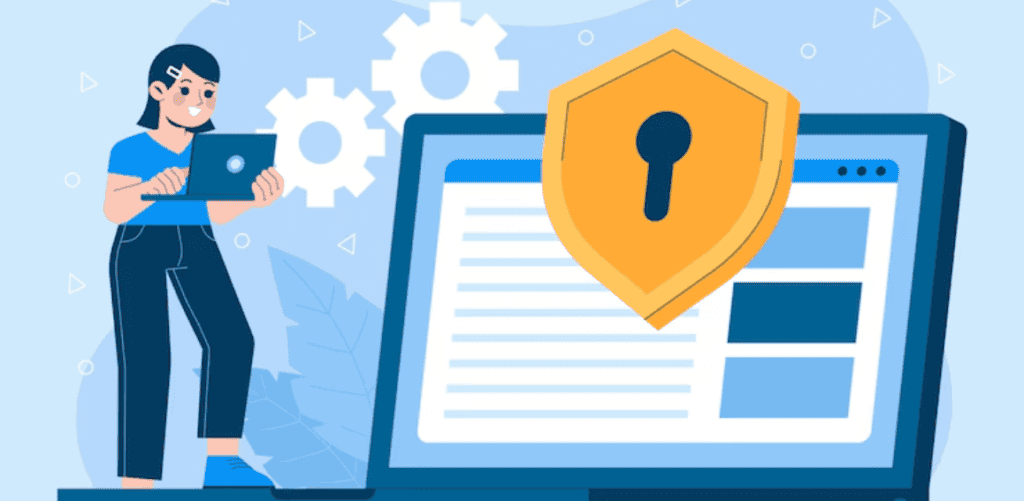
Today, donors don’t just give in person — they give online, through apps, on websites, and sometimes over the phone. And with this move toward digital giving, nonprofits are no longer just promoting a mission — they are also keepers of sensitive financial information. And that’s where PCI compliance comes in.
When people give to your good cause, they are trusting you with something more than money. They are trusting you with their personal information, their credit card numbers, their peace of mind. Mishandling that trust — even unintentionally— can have some hefty consequences: data breaches, legal problems, and worst of all, lost trust in your community.
PCI compliance is not just a checklist of technical things: it’s a framework that business to keep your donors safe and to keep your non-profit safe. Regardless of whether you’re taking in a handful of donations per month or a few hundred through your payment processor, knowing the basics of PCI compliance can protect your organization from making expensive errors.
Let’s break it down — plain and simple — so you know what’s at stake, what to expect and how to stay on the safe side.
What is PCI Compliance & Why Should Nonprofits Care?
Let’s start with the basics. PCI Compliance is the collection of regulations referred to as the Payment Card Industry Data Security Standard (PCI DSS). They were established by major credit card networks, such as Visa, Mastercard, and American Express, and make sure a cardholder’s information is secure both during and after a transaction.
Any time your nonprofit takes a credit or debit card donation (online, by phone or in person), you must comply with these standards. If you’re a food bank halfway around the world, it doesn’t matter. If you accept a single credit card transaction, then you’re subject to PCI compliance.
Why should nonprofits care? Because failing to comply with PCI standards is the ship that sinks everything else. Just one data breach could potentially release the private financial information of your donors. That has its own set of legal implications, but it also has the downside of shattering the trust you’ve earned over all those years. There are four levels of PCI compliance and you should be aware of these levels.
Imagine having to call your most prominent donors to say their data was hacked. It’s not just embarrassing — it could be devastating. For nonprofits, which rely heavily on relationships and reputation, this kind of harm can be difficult to repair.
PCI compliance is protection for your donors, your mission, and your peace of mind.
The 12 Core PCI DSS Requirements
To be PCI DSS compliant, nonprofits need to meet 12 specific requirements. These include:
- Keep a firewall configuration in place to protect cardholder data
- Do not use a vendor-supplied default for password or a security setting.
- Safeguard stored cardholder data
- Encrypt cardholder data when it is transmitted across open, public networks
- Keep antivirus software or programs updated and use them.
- Build, drive, manage, and maintain secure systems and software.
- Limitations of access to cardholder data to “need to know”
- Give each person a unique ID to each person with computer access
- Limit physical access to the cardholder data
- Keep a track of all such access to network resources and cardholder data
- Periodically check security systems and procedures
- Keep a policy that addresses information security for all personnel
When you adhere to these 12 guidelines, your nonprofit is not only compliant, but you provide peace of mind to the donors of the next generation whose data you’re responsible for keeping safe.
Why PCI Compliance Matters for Nonprofits?
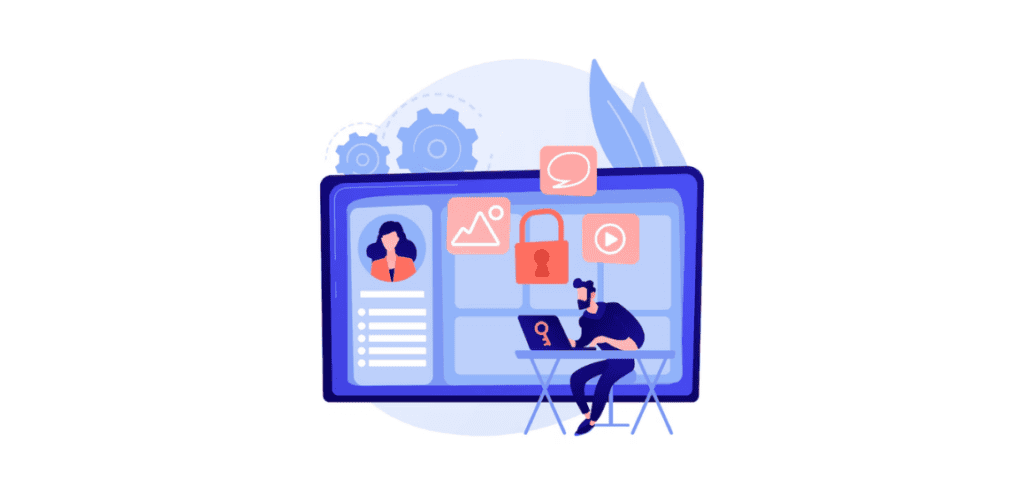
Nonprofit Organizations Handle Sensitive Financial Information
Nonprofit organizations routinely work with sensitive donor information. Whether you’re taking an online donation, running a crowdfunding campaign, or simply selling event tickets, all require the processing of credit and debit cards. That could very well attract the attention of a cybercriminal.
Hackers are aware that nonprofits may have less access to cybersecurity resources than big companies. This set In It For the Money explains why nonprofits are like shooting fish in a barrel for hackers seeking to steal the financial payment data of donors. A single chink in your armor is all it takes for you to lose a huge amount of data.
Regulatory and Reputational Exposure
Data breaches have repercussions that extend well beyond technical repairs. If a breach happens at your nonprofit, fines can be as much as $500,000 (depending on the volume of compromised data and how much in line you are with the law). The recovery costs could also involve attorney fees, and third-party audits or services for incident response.
Or worse, the loss of donor trust may be enduring. When donors begin to feel their information is not secure, they will often stop giving entirely. It may also inhibit future fundraising, steadily reducing donations and engagement over time.
Legal and Regulatory Requirements
In addition to PCI DSS, nonprofits could be subject to legal obligations following a breach. Several states in the United States require that affected donors be notified as soon as data is compromised. It can tarnish the public image of your nonprofit, and open you up to more scrutiny.
Some grant givers, corporate sponsors or partners may also need evidence of PCI compliance before they will approve subsidies or partnerships. Failure to comply could result in the loss of critical financial and strategic opportunities.
For all of these reasons, PCI compliance is not solely a technical issue—it is an important part of your nonprofit’s mission to protect supporters and maintain trust.
How Can a Nonprofit Become PCI Compliant?
Becoming compliant might sound technical, but it’s actually simple— especially with the right steps. Here is how:
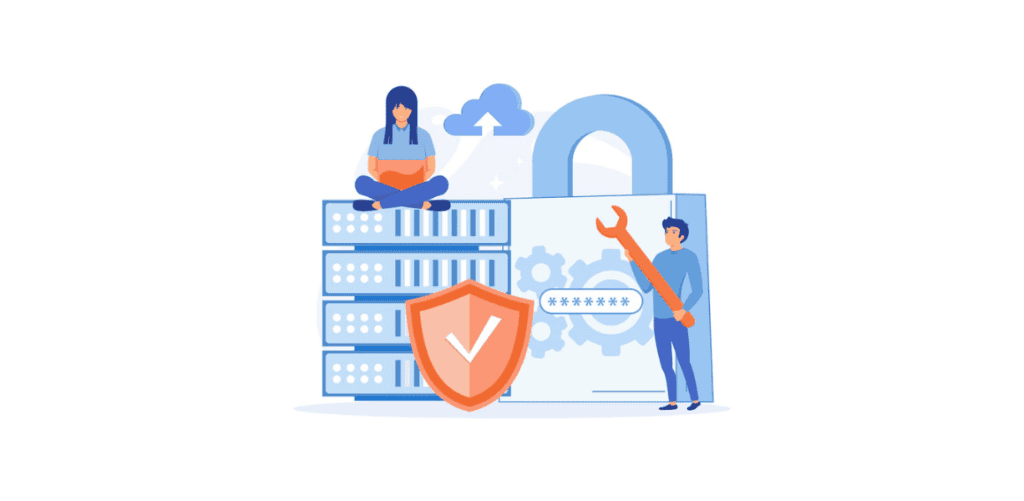
1. Identify How Donations Are Processed
Begin by charting the way your nonprofit raises money. Is it through your website? A mobile app? Event terminals? Each approach may have different constraints on its requirements.
2. Use PCI-Compliant Payment Processors
If you want to accept payments on your website and you also want to be PCI Compliant, you need to use a PCI compliant payment processor. Most trustworthy platforms (say, a Stripe, a PayPal or a Square) handle their own compliance, relieving you from much of the burden.
3. Complete the Self-Assessment Questionnaire (SAQ)
The SAQ is a short survey designed to let you know which PCI requirements you must satisfy. It is a straightforward checklist based on your donation methods.
4. Perform Vulnerability Scans (If Needed)
If you store or transmit cardholder data, you may need to perform vulnerability scans on a quarterly basis. These scans allow you to see where the weak points in your systems are.
5. Implement Security Policies
Develop clear policies about how staff and volunteers will treat sensitive data. This could include things like access controls, password policies and training courses on phishing attacks.
6. Maintain Documentation and Yearly Compliance
Stay organized. Maintain your completed SAQs, scan findings and training logs in the records. PCI compliance is not a set-it-and-forget-it exercise; it is an ongoing obligation.
7. Use Third-Party Processors to Simplify Compliance
Whenever you can pass it off to some 3rd party service. These are designed to take care of the difficult security for you so you can focus on what’s important: your mission.
How PCI Compliance Builds Donor Trust?
More than just a technical chore, keeping donor data secure is a relationship-builder. When they’re supporting your cause, they’re not just donating money; they’re donating their trust. Securing their payment information with PCI compliance demonstrates that you respect and value that trust.
Why Security Equals Confidence?
Donors today are savvy. They understand data breaches. They have read headlines about stolen credit card numbers and hacked nonprofits. Which is to say, that they want to believe the money that they give is going to a safe destination. Your nonprofit demonstrates it’s a low risk by being in compliance with PCI.
Think of the PCI as more than just a checklist. It’s a promise. You are basically saying ‘We are serious about keeping your data safe.” And when donors see that, they’re more likely to donate — and contribute again and again.
Be Transparent With Your Practices
Tell people how you safeguard their data. Include a brief disclaimer on your donation page that states that all data processing is secure, data is encrypted and you are PCI DSS compliant. It doesn’t need to be technical. Just a simple sentence like:
“All contributions are processed via a secure PCI-compliant payment processor.”
This kind of statement serves to reassure donors. It demonstrates that you’ve done your homework on them and that their data won’t be abused.
Use Trust Signals
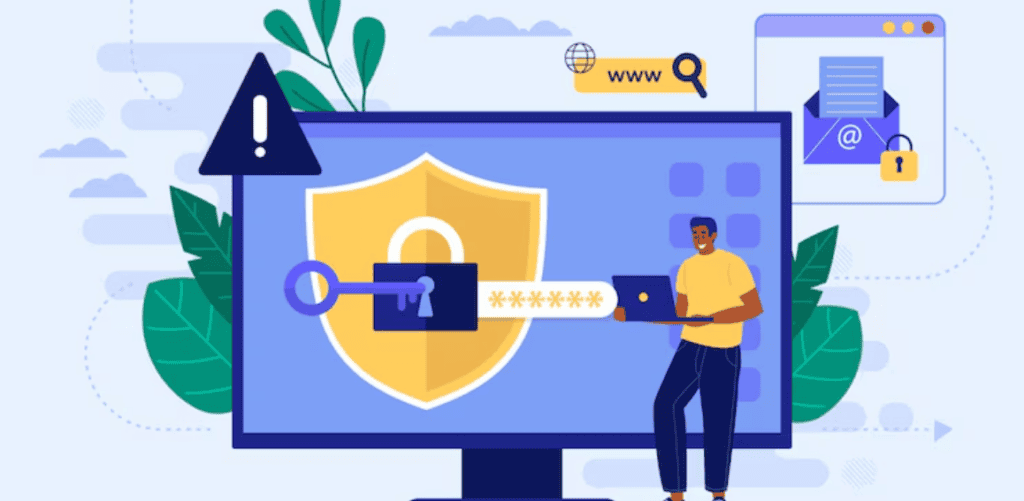
Visuals matter too. Include trust badges from your payment provider. These tiny icons (examples include SSL certificates or security seals) may seem insignificant, yet they can lead to higher conversions by helping donors feel more secure donating on your checkout page.
You can also include donor testimonials. If someone has donated through your platform and felt secure doing it, highlight their experience. Social proof is powerful, especially when paired with security.
Trust Builds Loyalty
The truth is that people don’t give to nonprofits they don’t trust. If there’s even a hint that their payment information could be at risk, they’ll hesitate—or walk away entirely.
When you are up front about PCI compliance as part of the process, you lessen this fear. You provide them a justification to trust in your mission and your methods.
Bottom line? Secure giving is equivalent to confident donors. And confident donors return.
Tips for Training Staff and Volunteers on Payment Security
Your nonprofit organization could have the most sophisticated and secure payment system — but if your employees aren’t trained effectively, it’s still an easy target. One of the leading causes for data breaches continues to be human error. That’s why educating your employees and volunteers on payment security is no longer an option. It’s mission-critical.
Make Internal Security Awareness a Priority
Begin by creating a culture of consciousness. Security is everyone’s responsibility. Everyone who has anything to do with your donation process needs to understand the importance of security. It’s not just an IT issue. It is about protecting the privacy of your donors and the reputation of your organization.
Start by having a security briefing for each new team member and keep refreshing the team periodically. It’s enough just to have a fast monthly update or a quarterly training session to keep it top-of-mind that security is important.
Train on Phishing, Passwords, and Secure Tools
Phishing emails are becoming more sophisticated, and non-profits can be particularly vulnerable because of their public-facing work. Train your staff and volunteers to detect a scam: unfamiliar links, unusual grammar, and urgent requests for people to supply passwords are all things to be wary of.
Then also remind them of good password hygiene. Promote password hygiene and multi-factor authentication (MFA) when feasible. You should also not forget measures for ensuring that databases and donation platforms are only accessed through secure, encrypted methods.
Control Who Has Access to Donor Payment Data
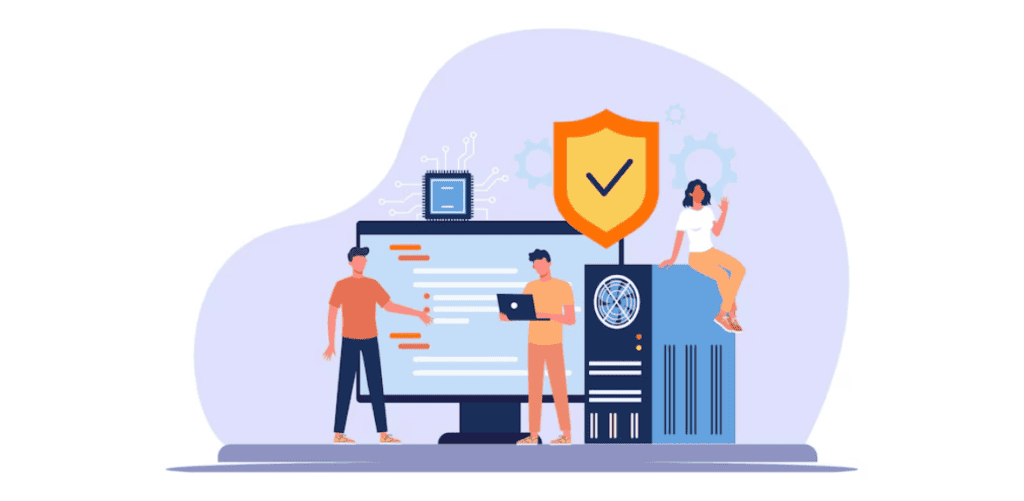
Not all members of your team need to see sensitive payment information. Share the least amount of access possible. This is the principle of least privilege — a fundamental concept in cybersecurity that limits exposure to data to only what is needed and reduces the likelihood of risk.
Volunteers, temporary staff, or even full-time employees outside of finance and development should not have access to donor card information.
Implement Access Controls and Track Activity
Utilize role-based permissions on donation tools and CRM systems. This allows you to specify exactly what that person can see or do. For example, if a user manages the logistics for an event, he or she shouldn’t be able to export a file with credit card transactions.
Also ensure access is trackable. Activity logs can help you determine who made changes, downloaded files or accessed sensitive records. This is not about mistrust — it’s about accountability.
Conclusion
In today’s digital age, PCI compliance isn’t just about following a set of rules; it’s about safeguarding your nonprofit’s reputation and building trust with your donors. When donors feel confident that their payment information is handled securely, they’re more likely to contribute—and return in the future. By ensuring compliance with PCI standards, you’re not just protecting sensitive data; you’re also demonstrating your commitment to responsible and ethical operations.
Remember, PCI compliance is a continuous process. It’s not something you do once and forget about. Audit your donation processes regularly, implement necessary updates, and train your staff and volunteers consistently. This proactive approach ensures that your organization remains secure while keeping your donors’ trust intact.
Ultimately, the goal is simple: safe donations fuel your mission. When donors feel their information is protected, they’re more likely to support your cause. Take the necessary steps today to secure your donation systems—and protect the future of your nonprofit.
FAQs About PCI Compliance for Nonprofits
Q1: Do small nonprofits need to be PCI compliant?
Yes, even small nonprofits need to be PCI compliant if they accept credit card donations or store donor payment information. PCI compliance applies to any organization that processes, stores, or transmits cardholder data. Nonprofits are no exception, regardless of size. While small nonprofits may qualify for a more streamlined version of compliance, such as the Self-Assessment Questionnaire (SAQ), compliance is still necessary to protect donor data and maintain trust. Skipping compliance can lead to fines, security breaches, and damage to your nonprofit’s reputation.
Q2: Can we avoid PCI if we use PayPal or Stripe?
Using platforms like PayPal or Stripe that handle payment processing for you does reduce your burden when it comes to PCI compliance. However, this doesn’t mean you can completely avoid compliance. While these third-party services take on much of the responsibility for securing payment data, your nonprofit is still responsible for ensuring that your site is secure and that no cardholder data is stored improperly. In this case, it’s essential to ensure that your donation page and integrations meet the necessary security standards.
Q3: How much does PCI compliance cost?
The cost of PCI compliance varies depending on your nonprofit’s size, the volume of transactions, and the complexity of your payment systems. For smaller organizations, the process might only involve completing the Self-Assessment Questionnaire (SAQ), which can be free or cost very little if no external assessments are required. Larger nonprofits or those that handle a high volume of transactions may need to invest in vulnerability scans, third-party audits, or additional security software, which can cost several thousand dollars annually. However, the cost of non-compliance—such as fines, legal fees, and reputational damage—far outweighs the investment in compliance.
Q4: What’s the difference between PCI compliance and general cybersecurity?
While both PCI compliance and general cybersecurity aim to protect sensitive data, PCI compliance specifically focuses on securing credit card information and payment systems. PCI DSS (Payment Card Industry Data Security Standard) lays out specific requirements for securing cardholder data, including encryption, access control, and regular security testing. On the other hand, general cybersecurity is broader and includes protecting all types of sensitive data—personal, financial, or operational—not just payment card details. Think of PCI compliance as a subset of your organization’s overall cybersecurity strategy.
Q5: Where can we get help with PCI compliance for nonprofits?
There are several resources available to help nonprofits with PCI compliance. Start by reviewing the PCI Security Standards Council website, which provides guidance, checklists, and tools to help you understand compliance requirements. Many payment processors, like PayPal or Stripe, offer PCI-compliant services and can guide you through their compliance processes. Additionally, cybersecurity consultants or third-party compliance auditors can help assess your nonprofit’s systems, perform vulnerability scans, and provide expert advice. Be sure to choose trusted providers with experience working with nonprofits to ensure you’re meeting all the necessary requirements.